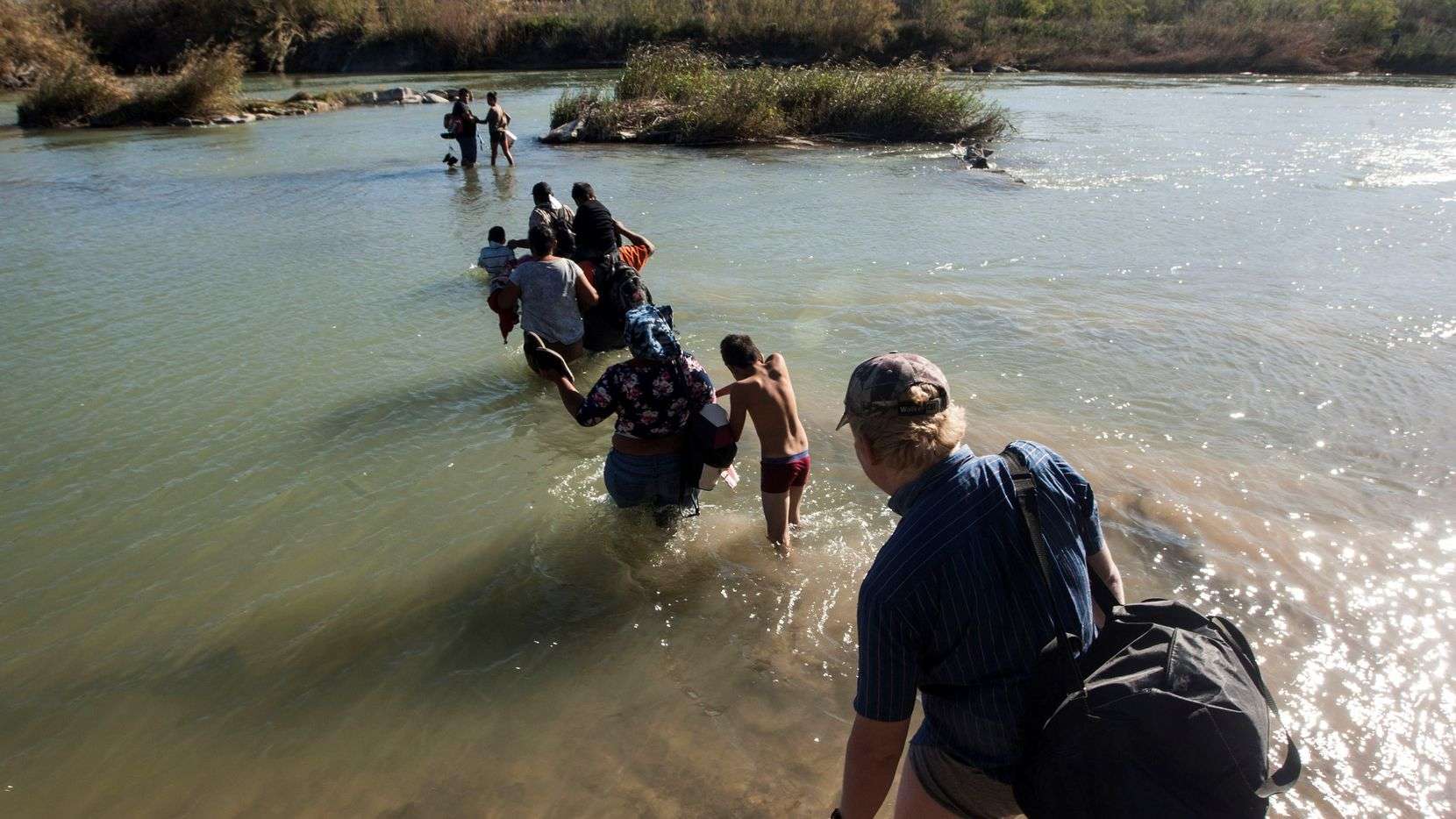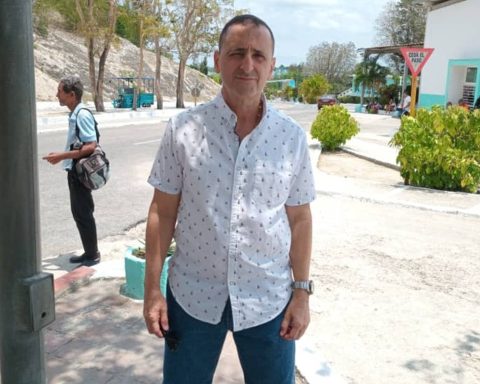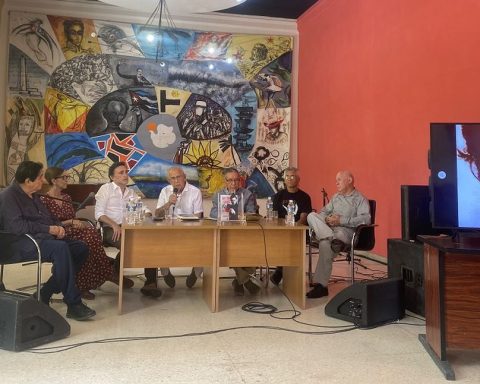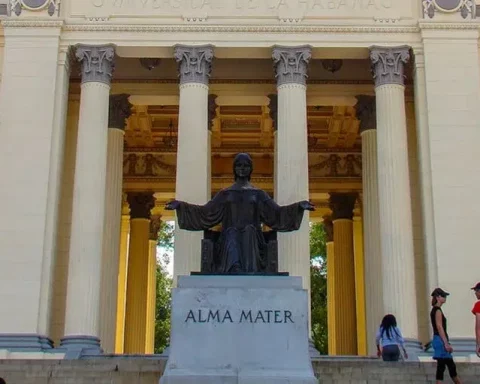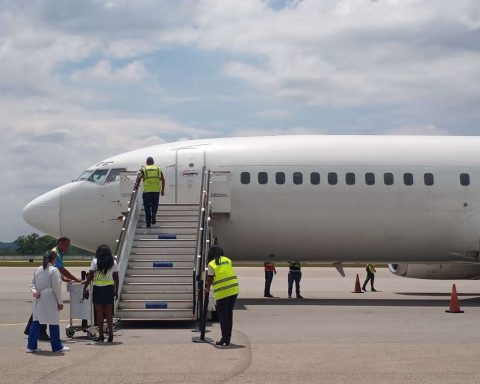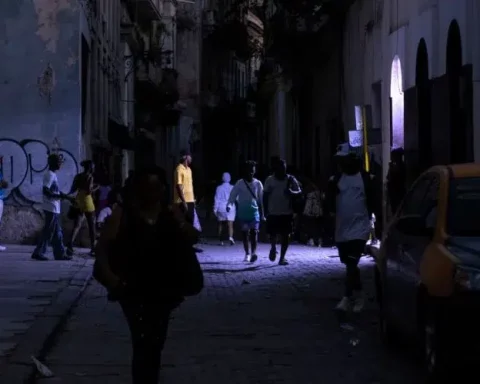New year, new life? Not necessarily. At least for the cuban migrants who want to enter the United States. In fact, in the first weeks of next year, life could become complicated for those born on the island who seek to enter the United States illegally.
The border is virtually closed but it is not yet impenetrable. Migrants from the Caribbean, Central America and the rest of the continent continue to manage to enter through the Rio Grande and other steps that are not yet well guarded.
Upon arrival in US territory, Cuban migrants appear before the authorities and, as a general rule, they are admitted, sent to the home of relatives and friends and one day, eventually, an immigration judge will decide whether they receive asylum or rectify their entry and they are left , ultimately the application to the Cuban Adjustment Act.
The bad news is that, according to three anonymous Biden Administration officials, sooner rather than later, the president will include migrants from the island in a program similar to the one that already includes Venezuelans: they will have to return to their country and from there apply through the Internet for an entry visa whose granting is unknown, but which, in the case of Venezuelans, has already been granted to some 14,000.
The Biden administration is planning to use pandemic-era restrictions to expel many Cuban, Nicaraguan and Haitian immigrants stuck at the border back to Mexico.
At the same time, the United States would allow some immigrants from those countries, as those from Venezuela already do, to enter the country by air for humanitarian reasons.
Cuba hopes that the US proposes “flight and date” for the repatriation of “inadmissibles”
This restrictive policy is being considered after the US Supreme Court ruled this week that the restrictions of controversial Title 42, a pandemic-era law that allows US authorities to quickly remove immigrants, will remain in effect for what that could be months, while a legal battle over his future unfolds.
Under Title 42, which was originally issued in March 2020, border agents can quickly remove migrants back to Mexico, without giving them a chance to apply for asylum.
The new rules for Cubans, Nicaraguans and Haitians would follow the model of the program for Venezuelans launched in October, which allows up to 24,000 Venezuelans outside the United States to apply to enter the country by air through “temporary humanitarian stay” if they have sponsors. americans.
Instead, Venezuelan migrants caught trying to cross the border are generally returned to Mexico.
Mexico has only accepted the expulsion of people of some nationalities, mainly Mexicans and Central Americans, but after the country began to receive Venezuelans in October, the crossings of these decreased drastically, and some gave up and returned to their country.
Two of the officials told the agency Reuters that the policy change for Cubans, Haitians and Nicaraguans could take place this very week. A third official said it could apply to the first two groups this week and to Nicaraguans at a later date.
Biden has had to deal with unprecedented levels of migrant crossings at the border with Mexico since he took office in January 2021, fueling criticism from Republicans and some members of his own party, who argue that their immigration policies are too lax.
US Border Patrol agents apprehended a record 2.2 million migrants at the Southwest border in fiscal year 2022, which ended Sept. 30. About half of those arrested were quickly removed under Title 42.
Under the new temporary stay program for Venezuelans, more than 14,000 people from that country had been reviewed and received approval to travel to the United States, and more than 5,900 had already arrived legally as of November 30, according to the Department of Homeland Security. (DHS).
After the implementation of the program for that Latin American nation, the number of Venezuelans detained illegally crossing into the United States fell by almost 70%, going from about 21,000 in October to 6,200 in November, according to data from the Office of Customs and Protection of United States Borders (CBP) released last week.
The crossings of Cubans and Nicaraguans increased by 38% during that same period, with some 68,000 migrants entering the country in November, compared to 49,000 the previous month.
